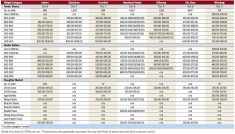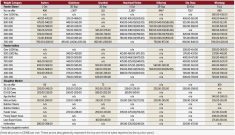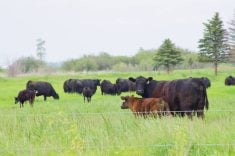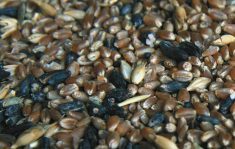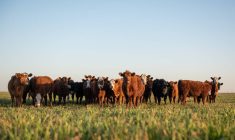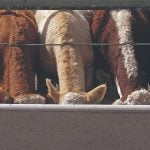The two pictures of pelleted feed veterinary toxicologist Dr. Barry Blakley put up on the screen at a recent ergot symposium here looked identical.
But one had enough toxins in it to kill livestock.
The rising levels of ergot in western Canadian cereal grains and forages has turned into a nightmare for the manufactured feed industry and the grain companies that supply it.
While the black ergoty fungus pods can usually be spotted in a sample of grain, once it is made into manufactured feeds, it is twice as potent — and invisible.
“In the pelleting process, we grind it up and it increases the surface area,” Blakley said. “We estimate it increases the bioavailable toxicity twofold,” Blakley said.
“That’s absolutely terrifying to me, how do we deal with that?” said Amanda Van de Kerckhove, a ruminant nutritionist with Co-op Feeds. She noted that the distillers dried grains (DDGs) fermentation process concentrates mycotoxins by a factor of three.

And the ergot is not just in the grains, it can also exist in forages, which means livestock could be ingesting it from several sources.
“Ensiling does not destroy alkaloids,” she said. “It could also be present in swaths and bales.”
Dr. Eugene Janzen, assistant dean of clinical practice at the University of Calgary, said although little research has been done, he is concerned that the trend towards swath grazing cattle over the winter could expose cow herds to high enough levels of ergot toxicity to cause abortions.
The Canadian Grain Commission considers both fusarium and ergot as a downgrading grading in cereals, limiting the presence of fusarium-damaged kernels and ergot bodies. Fusarium-damaged kernels are often shrivelled and lighter than the grain, and can be cleaned out of a grain sample, but ergot bodies are often the same size as the kernels.
Read Also
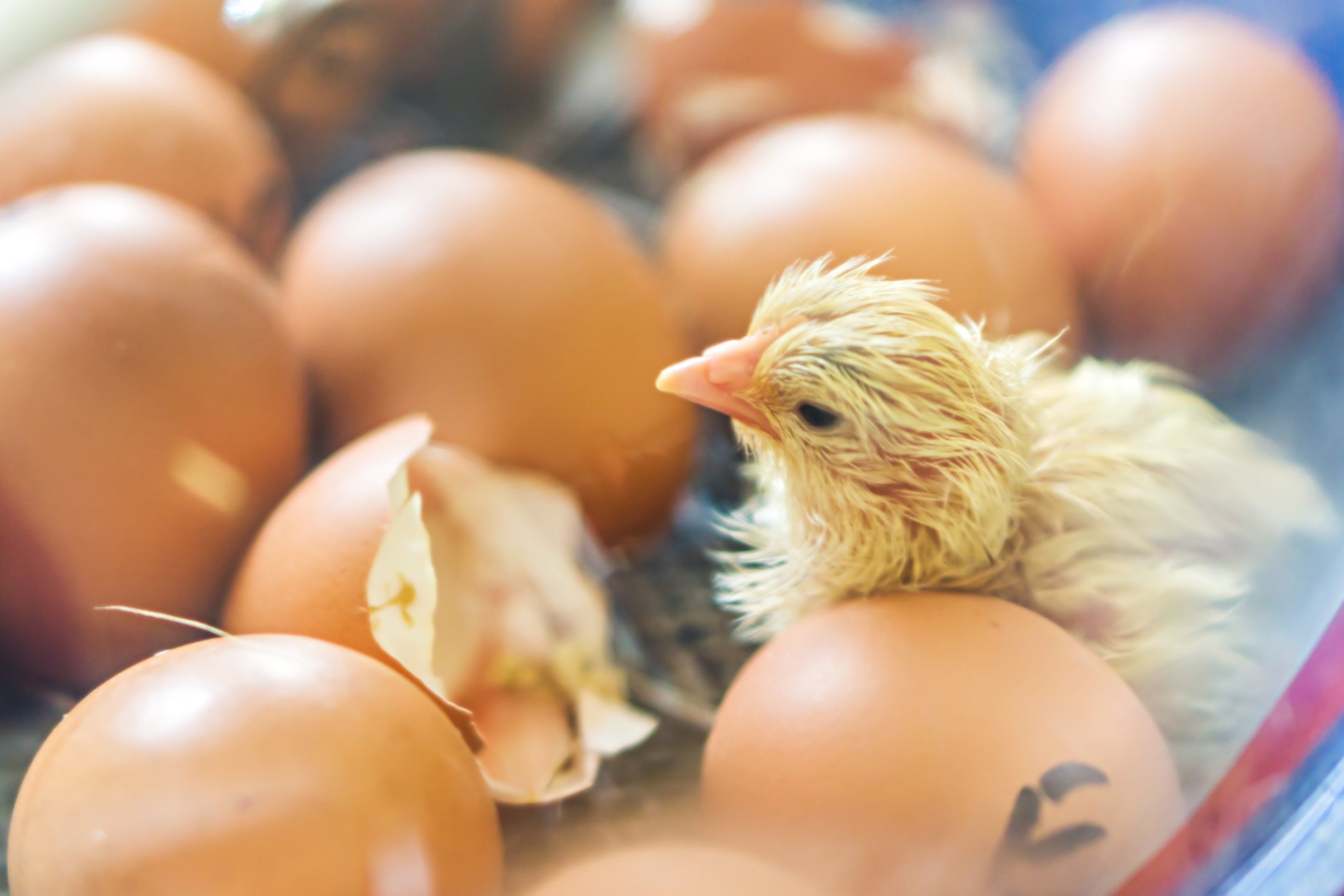
Canada announces import rule shift for hatching eggs
Poultry sector expert foresees little to no practical change for Canada’s chicken producers
Van de Kerckhove said the biggest challenge for the feed industry is that there is no reliable correlation between the visual clues and the level of ergot alkaloids and fusarium mycotoxins.
- More from the Manitoba Co-operator: Frozen ears and feet – but not from the cold
While visual inspections of submitted samples provide evidence of the potential existence of mycotoxins, that analysis is only as good as the sample received, she noted.
Getting a representative sample from a bin or truckload can be difficult because the toxins vary dramatically within even the same bin.
“Representative sampling from a diagnostic perspective is the most significant issue that we have on this,” Blakley said. In one analysis, 10 different samples drawn from the same lot resulted in 10 widely varying levels of toxins.
He said previously accepted guidelines for assessing the risk in grain samples are due for an update.
“If you look at the literature on visual inspection, counting the number of sclerotia, somewhere between five and 20 particles per litre of grain may cause a problem,” he said. But because there can be a high degree of variability in the sample, as well as variations in the toxins, and variations with the grains, “the visual method is severely flawed,” he said. “Those who use that method, unfortunately sometimes pay the price.”
Another common approach is to separate out the ergot sclerotia and weigh them. The guidelines suggest levels of .1 to .3 per cent are acceptable for livestock.
“I have seen herds of dairy cattle… that were definitely developing problems at .04 per cent,” he said. “Whether the counting was correct or the standards are too high, I don’t know.”
Screenings are believed to be the biggest source of ergot in manufactured feed.
“It’s not usually the grain that is causing the problem, it is the high-risk screenings,” Van de Kerckhove said. However, the commercial feed business depends heavily on screenings to keep feed prices affordable.
Van de Kerckhove said companies are becoming much more selective about who they buy from, they are doing more routine testing, and are limiting the ratio of screenings they include in pelleted feed rations. Co-op Feeds now includes no more than 40 per cent screenings in its products unless specifically requested by the customer.




